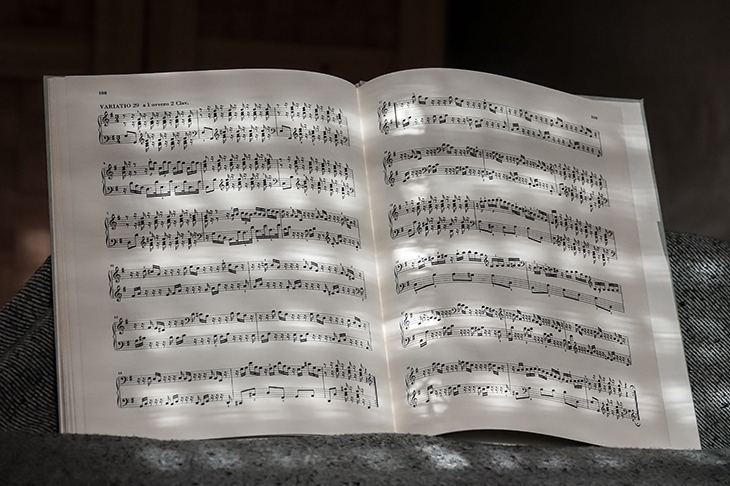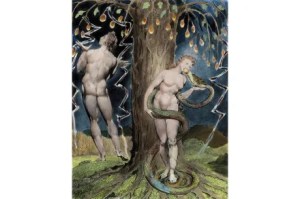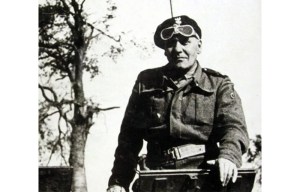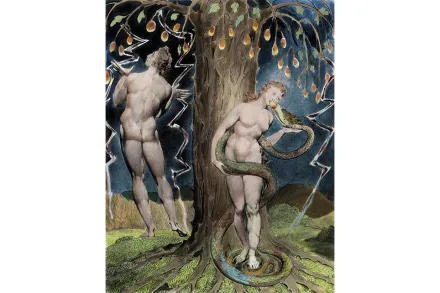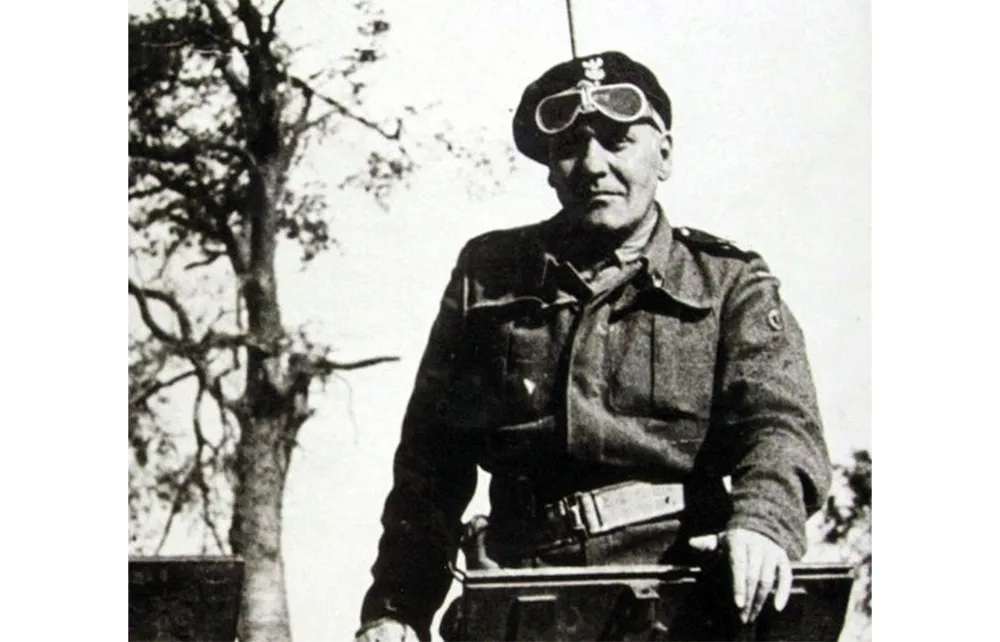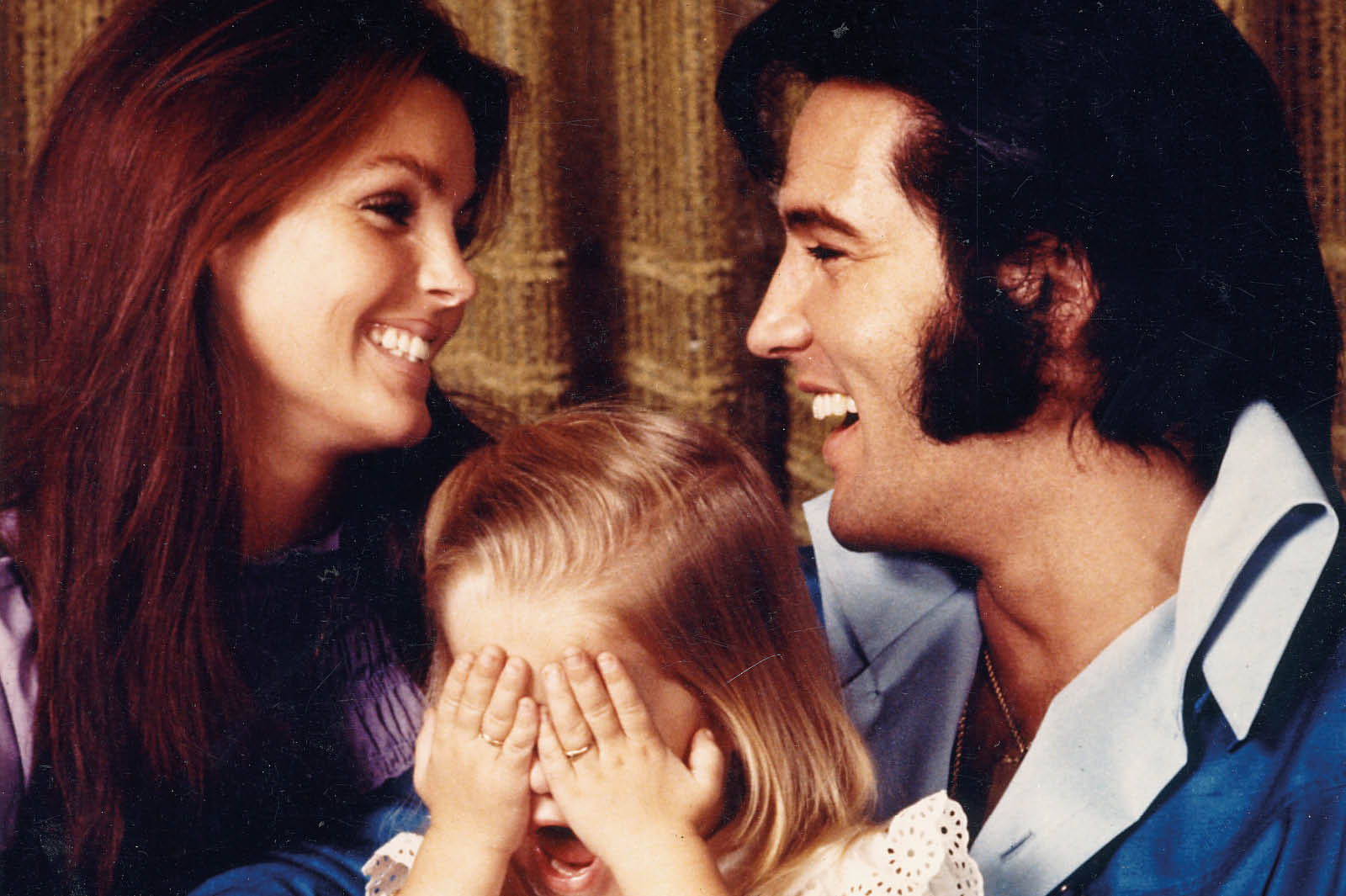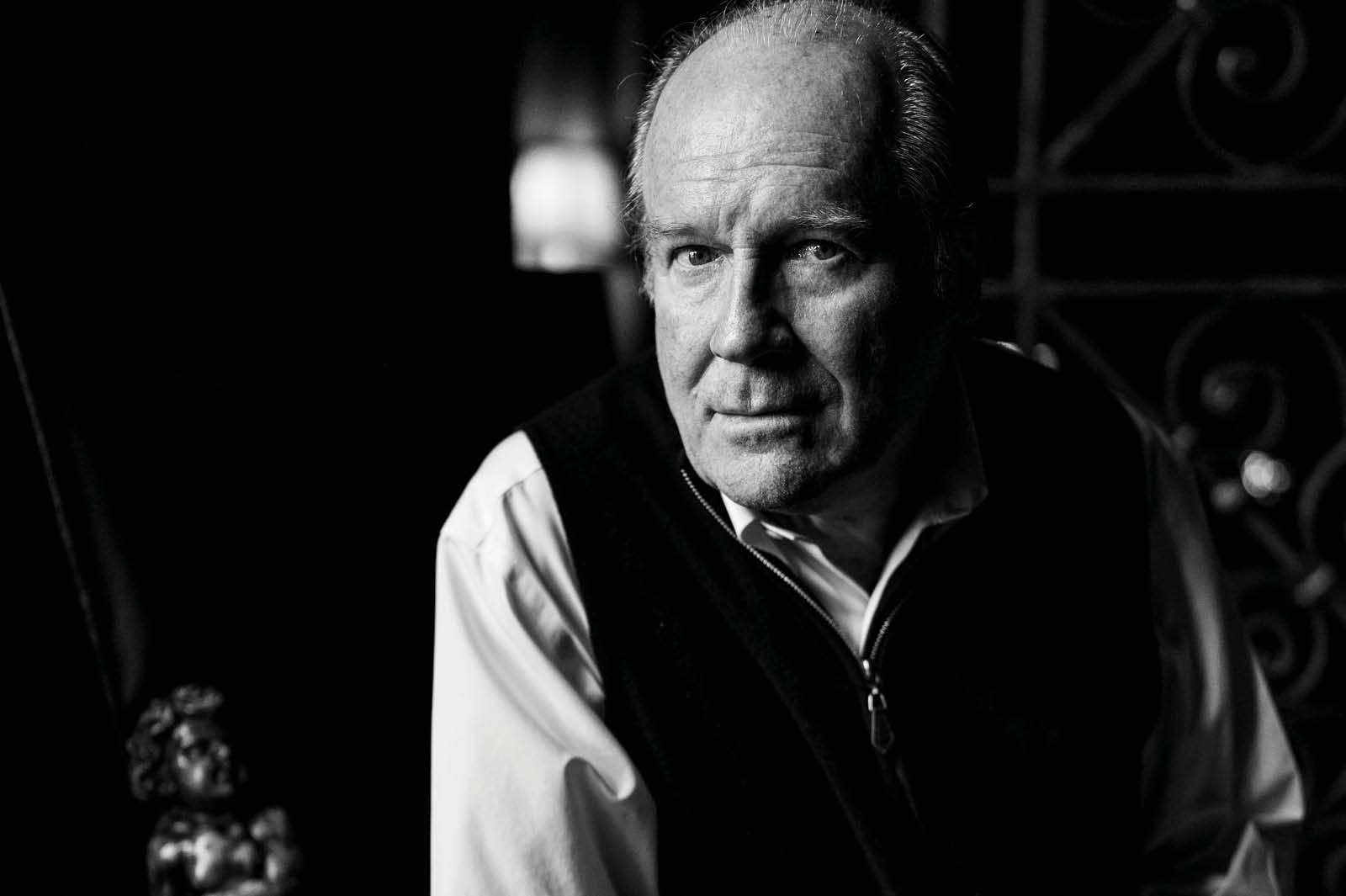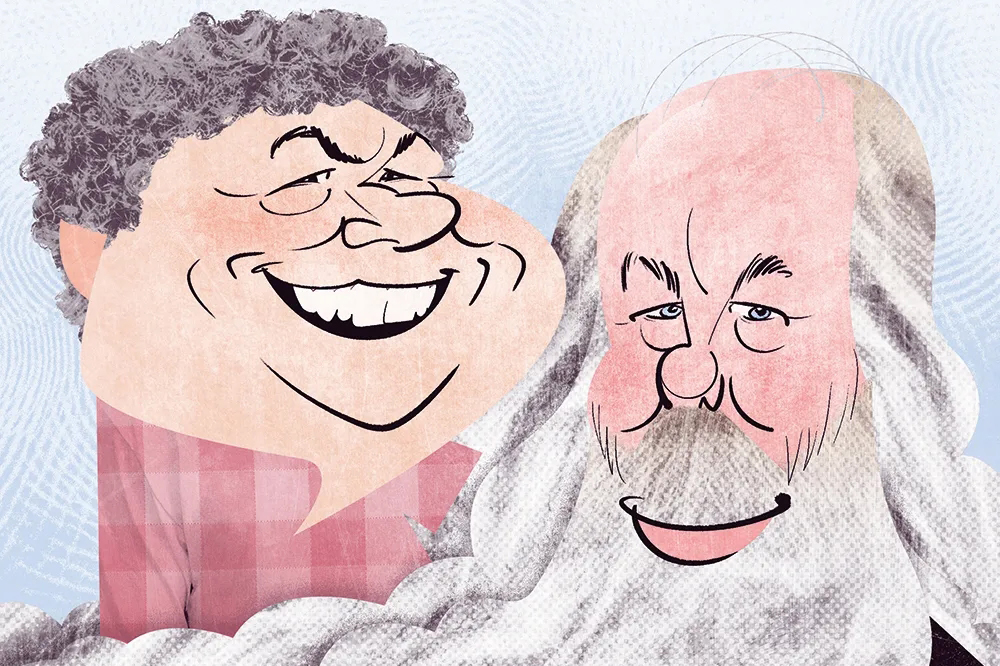Were this a less good book than it is, it would be called How Bach Can Help You Grieve. As it is, Counterpoint serves very well, describing the American art and architecture critic Philip Kennicott’s intertwined themes: his reaction to the death of his mother, with whom he had a fractious and traumatic relationship, and his attempt to learn Bach’s Goldberg Variations, through which he considers the ability of the greatest music to ease us out of a senseless pit of grief.
This is a deeply serious and often affecting book, combining the ‘grief memoir’ with the genre created by Alan Rusbridger in Play It Again, an account of an amateur pianist learning Chopin’s Ballade No. 1. Kennicott’s two strands, of memory and music, become the first and second subjects of a book in sonata form, developed and recapitulated into a satisfying whole. He has written a voyage around his wounded and wounding mother, by way of an aria and 30 variations.
Kennicott’s mother, he concedes, was never an alcoholic, never uncontrollably violent, never mentally unstable. His topic is the slow drip of volatility and spite and prejudice that eroded his childhood. He narrates, coolly and painfully, the ways in which she inflicted her own fears and failures on her precocious and talented son, pushing soap into his mouth after he swears, pulling him off the piano stool by his hair, or hitting the back of his neck so hard, after some mild misdemeanor, that he topples over, in shock and in tears.
The paragraphs are carefully shorn of recrimination, and his calm, polished sentences unspool with a level-headed honesty and self-scrutiny. This book is a retreat from the world in which his body exists into the world in which his mind might live, carving out meaning and sense from a set of variations that has order and beauty, far away from the mundanities of grief, and the bureaucracy of death, and the tight grip of the fears and insecurities that were his maternal inheritance.
The Goldberg Variations are an iconic wonder of Western music, and were composed, so legend has it, for the pianist Johann Goldberg to perform to an insomniac count, ‘that he might be a little cheered up by them in his sleepless nights’. Kennicott begins to learn them, considering along the way their various and varied performance history, the drudgery of practice and the sweaty agonies of stage fright. He is rightly skeptical about employing the variations as a coded self-portrait of their composer but convincingly demonstrates, with an out-of-fashion but persuasive insistence on a distinction between high and low art, how the greatness of the variations elevates them on to a moral, as well as musical, plane.
Writing about music is a difficult thing, saying in words that which words can never say. Reliance on musicological vocabulary can alienate some readers; dogged explanation of technical terms can irritate others. Kennicott gets it exactly right, refusing to swerve technical necessities but in such a way that his prose seems to take on some of the virtuosity of the music it describes. His deft elucidations are born from deep and intricate knowledge, and from lightly worn research. (It is the non-musical vocabulary that may have readers groping for a dictionary: ‘ensorcelling’, ‘phlogiston’, ‘necrotic’.)
A memoir of grief can be armored against criticism, as if the rawness of the experiences and emotions that are the stuff of the book leads the reader to tread more softly. A seasoned and eminent critic, Kennicott second-guesses criticism: ‘All this time spent with Bach has made me a superior bore’ (and, yes, some of the longer excursions into his practice sessions or the history of piano lessons start to drag). It seemed to me that most of the predictable pitfalls — self-pity, self-congratulation, self-importance — are avoided, and that the book is at its best when it allows thoughts about life and death and music to emerge from the narrative, organic and unspoken, in the way a listener begins to touch in the harmonies under the single line of a solo partita.
Less successful are the pages when a pile-up of Grand Truths makes the writing heavy with profundity. The tone can verge on the precious — ‘I don’t honestly enjoy bad books, or even merely entertaining ones’ — and casual references to, say, ‘my own personal cosmology’ accrue into sententiousness. Do all the frequent aphorisms stand up to close inspection? ‘Every good book or great piece of music carries with it the possibility of redemption.’ ‘Art is a contest, and only the strong survive.’ ‘Almost every sin that you can commit against another person… you can also commit against a piece of music.’ And, offered as the moral of the book: ‘Every grief is bearable but for the fear that there is a worse grief to come.’ Doesn’t Edgar in King Lear say something similar?
Rusbridger’s Play It Again was a race against time to learn Chopin’s Ballade for a public performance. Kennicott offers no such tension. He finishes the book with a dying fall, a sense of failure, the fear that ‘my life will end without having achieved any kind of significance’. His distinguished career, his Pulitzer Prize, his writing on gun control, on art and architecture, are not mentioned. He leaves some of the Goldbergs unmastered, as if learning were an impossible attempt simultaneously to exorcise his mother’s ghost and to gain its posthumous approval. Bravely, he offers no cheap epiphany. But he movingly conveys the way in which deep communion with a great artwork allows us to lay down a cellar of discipline, understanding and pleasure, which can be drawn on in times of crisis, that we might be a little cheered up by them in our sleepless nights.
This article was originally published in
The Spectator’s UK magazine. Subscribe to the US edition here.



